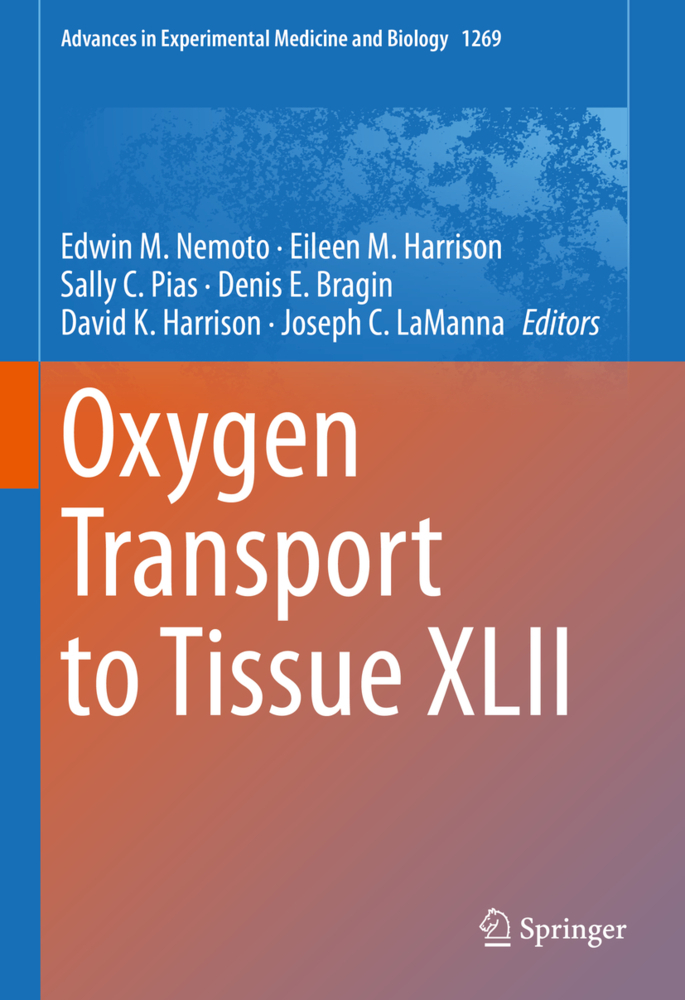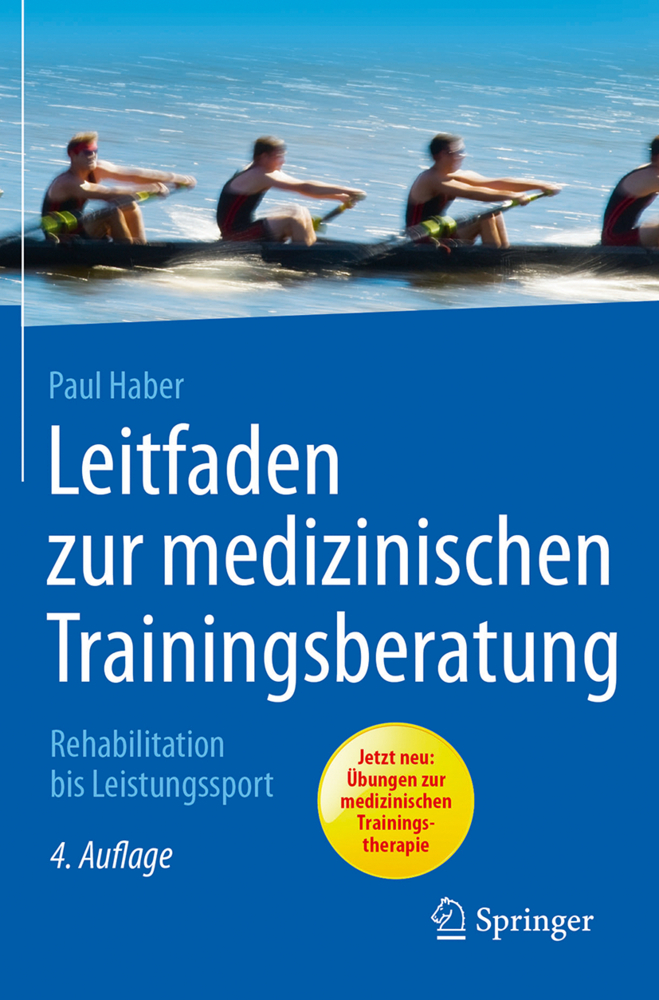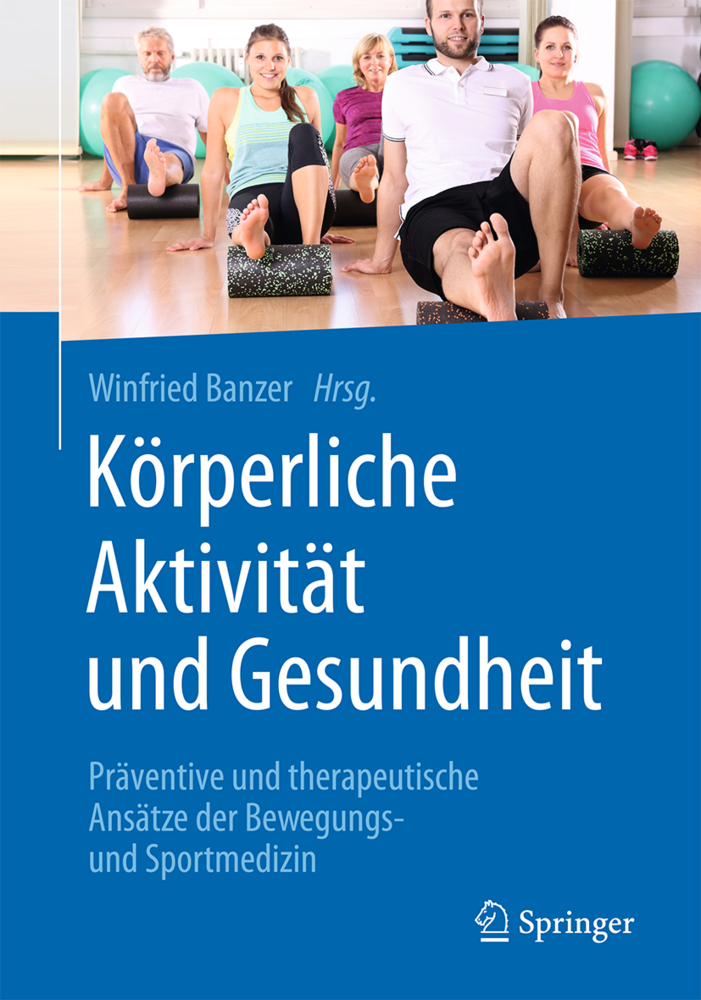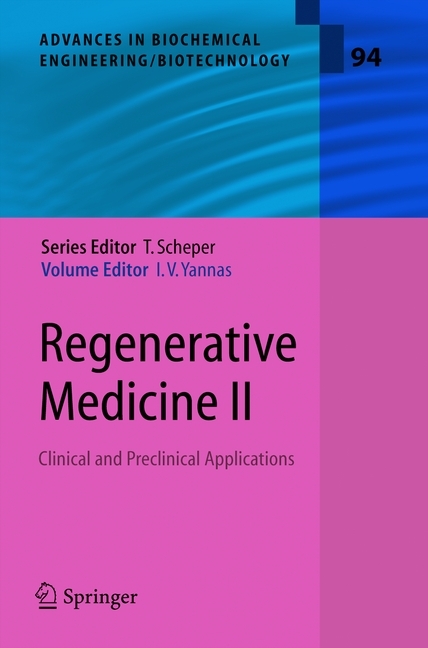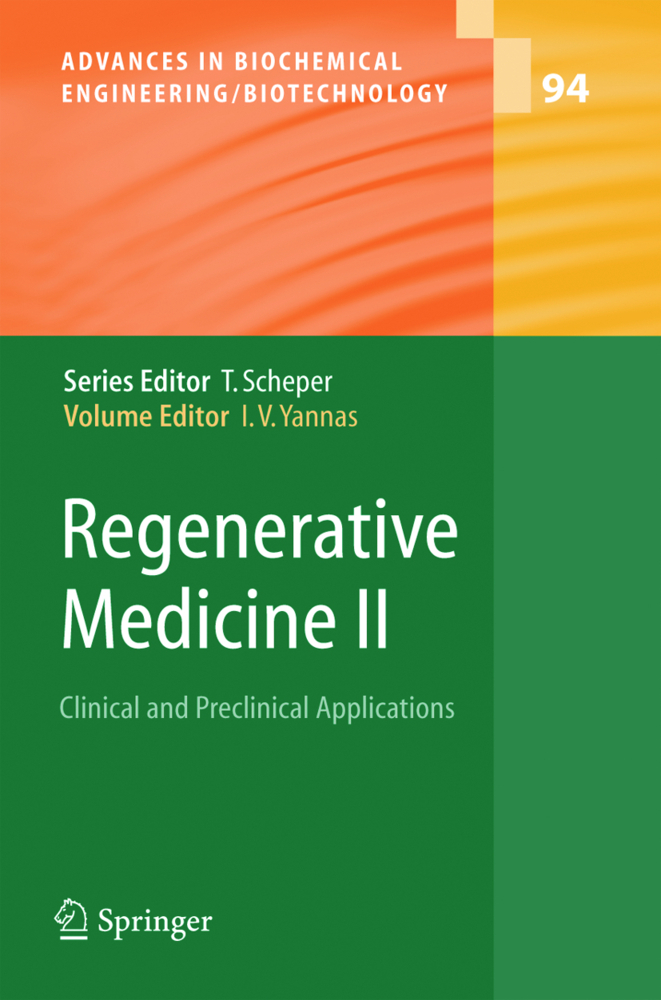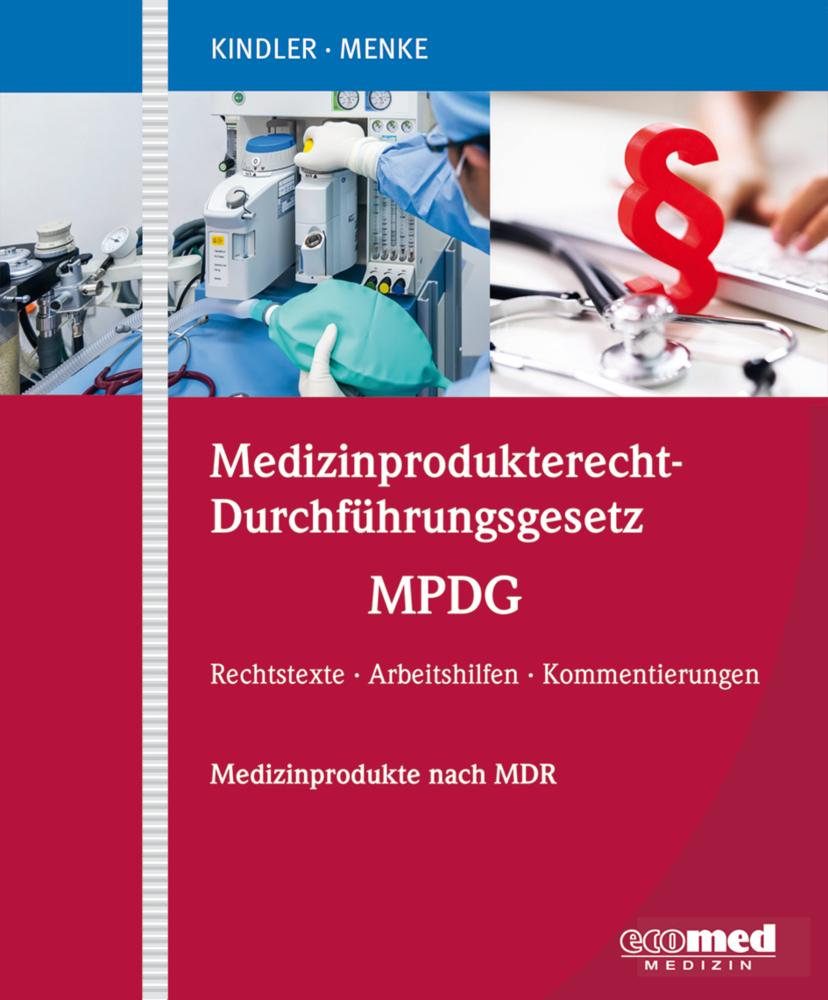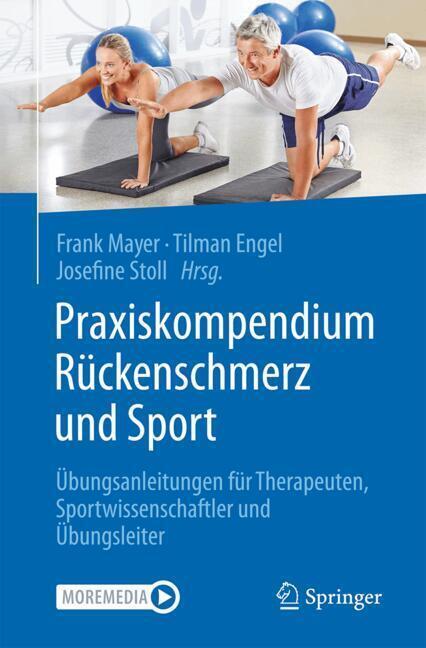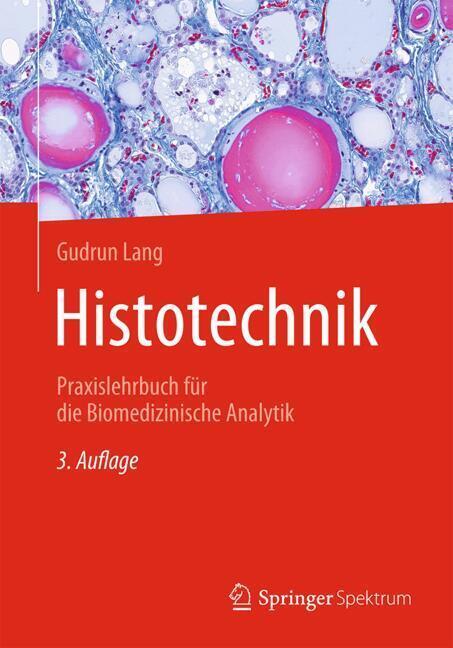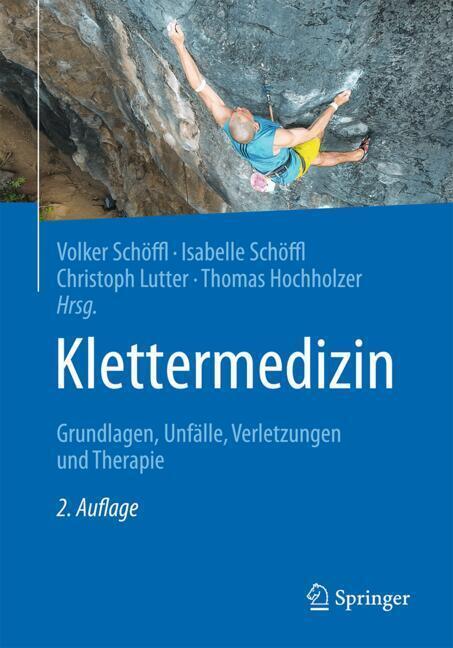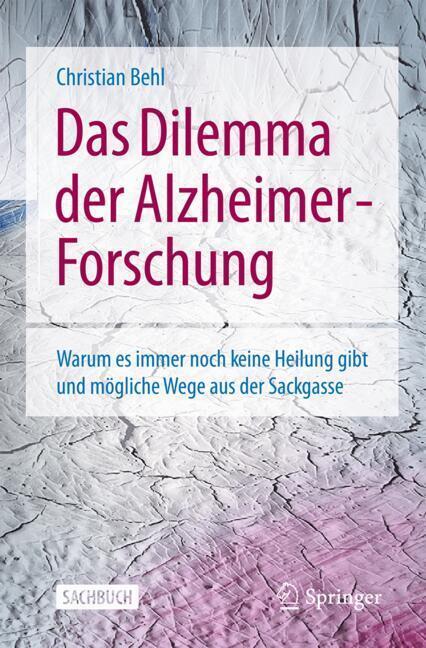Oxygen Transport to Tissue XLII
This book presents cutting-edge papers and perspectives on the transport of oxygen to tissues by scientists in a multitude of disciplines such as biochemistry, engineering, mathematics, medicine, physics, physiology, veterinary and complementary medicine. The book is composed of the following 6 parts: Brain Oxygenation and Function, Tumor Oxygenation and Metabolism, Muscle Oxygenation and Sports Medicine, Cell Metabolism and Tissue Oxygenation, Methodology of O2 Measurements, and Special Topics. The articles in this book have been presented at the 42nd annual meeting of the International Society on Oxygen Transport to Tissue (ISOTT 2019) held in Albuquerque, New Mexico, USA, from July 28 to July 31, 2019. Academics, clinical and industry researchers, engineers, as well as graduate students who are interested in oxygen transport to tissue will find this book a great reference and a useful learning resource.
Part III. Tumor Oxygenation and Modeling.- Role of MicroRNA Expression for Proliferation and Apoptosis of Tumor Cells: Impact of Hypoxia-Related Acidosis.- Functional Impact of Acidosis-regulated MicroRNAs on the Migration and Adhesion of Tumor Cells.- Impact of Acidosis-Regulated MicroRNAs on the Expression of Their Target Genes in Experimental Tumors In Vivo.- An Observation on Enhanced Extracellular Acidification and Lactate Production Induced by Inhibition of Lactate Dehydrogenase A.- Keynote Lecture - The Warburg Effect: Historical Dogma versus Current Rationale.- The Acidic Tumor Microenvironment Affects Epithelial-Mesenchymal Transition Markers as well as Adhesion of NCI-H358 Lung Cancer Cells.- Assessment of the probability of tumor control for prescribed doses based on imaging of oxygen partial pressure.- On the feasibility of Pulse Wave Velocity Imaging for remote assessment of physiological functions.- Mechanisms of sound-induced opening of the blood-brain barrier.- Multimodal measurements of brain tissue metabolism and perfusion in a neonatal model of hypoxic-ischaemic injury.- Cerebral Spreading Depression Transient Disruption of Cross Frequency Coupling in the Rat Brain: Preliminary Observations.- Long-Term Blue Light Exposure Changes Frontal and Occipital Cerebral Hemodynamics: Not all Subjects React the Same.- Changes in Prefrontal Cortex Asymmetry Due to Standing Loading in Stroke Patients Measured by NIRS.- Parasympathetic Nervous Activity Associated with Discoordination between Physical Acceleration and Heart Rate Variability in Patients with Sleep Apnea.- The Changes in Brain Oxygenation during Transcranial Alternating Current Stimulation as Consequences of Traumatic Brain Injury: A Near-infrared Spectroscopy Study.- Error Evaluation for Automated Diameter Measurements of Cerebral Capillaries Captured with Two-Photon Laser Scanning Fluorescence Microscopy.- Potential Biomarker for Triple Negative Breast Cancer Invasiveness by Optical Redox Imaging.- Optical redox imaging differentiates triple-negative breast cancer subtypes.- Oxygen-sensing Paramagnetic Probes for Clinical Oximetry.- Evaluation of the Quality of Chest Compression with Oxy-hemoglobin Level by Near-infrared Spectroscopyin a Rat Asphyxia Cardiac Arrest Model.- Altered Behavioural Performance in the Neuron-specific HIF-1 and HIF-2 deficient mice following Chronic Hypoxic Exposure.- Effect of Adrenaline on Cerebral Blood Oxygenation Measured by NIRS in a Rat Asphyxia Cardiac Arrest Model.- Addition of Drag Reducing Polymers to Colloid Resuscitation Fluid Enhances Cerebral Microcirculation and Tissue Oxygenation after Traumatic Brain Injury Complicated by Hemorrhagic Shock.- Effects of 20-minute intensive exercise on subjects with different working memory bases.- Supine cycling exercise enhances cerebral oxygenation of motor-related areas in healthy male volunteers.- Keynote Lecture - What is the Meaning of an Oxygen Measurement? Analysis of methods purporting to measure oxygen in targeted tissues
Part IV. Brain Oxygenation and Function.- Assessment of Cerebral Blood Oxygenation by Near-Infrared Spectroscopy before and after Resuscitation in A Rat AsphyxiaCardiac Arrest Model.- Effect of 3-Day and 21-Day Hypoxic Preconditioning on Recovery following Cerebral Ischemia in Rats.- Time Series Tracking of Cerebral Microvascular Adaptation to Hypoxia and Hyperoxia Imaged with Repeated in vivo Two-Photon Microscopy.- Environmental Enrichment Improved Cognitive Performance in Mice under Normoxia and Hypoxia.- Effect of Prolonged Pressure on Hemodynamics of Sacral Tissues Assessed by Diffuse Optical Imaging: A Pilot Study.- In-phantom Validation of Time-Domain Near-Infrared Optical Tomograph Pioneer for Imaging Brain Hypoxia and Hemorrhage.- Online Non-invasive Assessment of Human Brain Death by Near-infrared Spectroscopy with Protocol of O2 Inspiration.- Not removing the glossy white cover from adhesive INVOS neonatal sensors affects the oxygenation measurement.- Probe design optimization for time-domain NIROT 'Pioneer' system for imaging the oxygenation of the preterm brain.- Effect of blood flow onhemoglobin and myoglobin oxygenation in contracting muscle using near infrared spectroscopy.- Magnetoresistance Properties of Red Blood Cells in Plasma Combined with Several Magnetic Beads Passing Two Cu Electrodes.- Measurement of Tissue Oxygen as a Novel Approach to Optimizing Red Blood Cell Quality Assessment.- Prox-1 and Hif-1a Genes Expression of Primo Vessel in Rabbit's Lymphatic Vessel.- On the Feasibility of Pulse Wave Velocity Imaging for Remote Assessment of Physiological Functions.- Index.
Part I. Oxygen Metabolism and Health Monitoring.- Chronic Ketosis Modulates HIF1 Mediated Inflammatory Response in Rat Brain.- Event Related NIRS and EEG Analysis for Mental Stress Monitoring.- Simulation Study of Breast Cancer Lipid Changes Affecting Membrane Oxygen Permeability.- Updated Evaluation of Cholesterol's Influence of Oxygen Permeability.- Systems biology model of cerebral oxygen delivery and metabolism during therapeutic hypothermia: application to the piglet model.- Effect of Adrenaline on Cerebral Blood Oxygenation Measured by NIRS in a Rat Asphyxia Cardiac Arrest Model.- Two consecutive invasive surgeries utilizing Zymogen Protein C (ZPC) that enhanced patient safety and reduced costs.- Scanning Tissue-Oxygen Needle-Probe.- Transcranial photobiomodulation of clearance of beta-amyloid from the mouse brain: the effects on meningeal lymphatic drainage and blood oxygen saturation of the brain.- Near-Infrared Spectroscopy Might Help Prevent Onset of Cerebral Hyperperfusion Syndrome
Part II. Oxygen Measurement and Modeling.- Online assessment of hemodynamics in suctioned volume of biological tissue by the embedded Near-infrared Spectroscopy sensor.- Skeletal Muscle Deoxygenation and its Relationship to Aerobic Capacity During Early and Late Stages of Aging.- Near-Infrared Spectroscopy (NIRS) of Muscle HbO2 and MBO2 Desaturation During Exercise.- Relationship between Corticosteroid Dose and Muscle Oxygen Consumption in Recipients of Hematopoietic Stem-Cell Transplantation.- Relationship between the Borg Scale Rating of Perceived Exertion and Leg Muscle Deoxygenation during Incremental Exercise in Healthy Adults.- Effects of Exercise Training on Cardiac and Skeletal Muscle Functions in Patients in Chronic Heart Failure.- Reduced Scattering Coefficient During Incremental Exercise is Constant without being Affected by Changes in Muscle Oxygenation or Hemodynamics.- Changes in the laterality of oxygenation in the prefrontal cortex and premotor area during a 20-min moderate-intensity cycling exercise.- Relationship Between Decrease of Oxygenation During Incremental Exercise, Partial Pressure End-Tidal Carbon Dioxide: Near-Infrared Spectroscopy Vector Analysis.- Cerebral Oxygenation Dynamics during Incremental Exercise: Comparison of Arm Cranking and Leg Cycling.- Localization of Deep of Deep Ischemia and Hemorrhage in Preterm Infants' Head with Near Infrared Optical Tomography: A Numerical Case Study.- Discerning Membrane Steady-State Oxygen Flux by Monte Carlo Markov Chain ModelingPart III. Tumor Oxygenation and Modeling.- Role of MicroRNA Expression for Proliferation and Apoptosis of Tumor Cells: Impact of Hypoxia-Related Acidosis.- Functional Impact of Acidosis-regulated MicroRNAs on the Migration and Adhesion of Tumor Cells.- Impact of Acidosis-Regulated MicroRNAs on the Expression of Their Target Genes in Experimental Tumors In Vivo.- An Observation on Enhanced Extracellular Acidification and Lactate Production Induced by Inhibition of Lactate Dehydrogenase A.- Keynote Lecture - The Warburg Effect: Historical Dogma versus Current Rationale.- The Acidic Tumor Microenvironment Affects Epithelial-Mesenchymal Transition Markers as well as Adhesion of NCI-H358 Lung Cancer Cells.- Assessment of the probability of tumor control for prescribed doses based on imaging of oxygen partial pressure.- On the feasibility of Pulse Wave Velocity Imaging for remote assessment of physiological functions.- Mechanisms of sound-induced opening of the blood-brain barrier.- Multimodal measurements of brain tissue metabolism and perfusion in a neonatal model of hypoxic-ischaemic injury.- Cerebral Spreading Depression Transient Disruption of Cross Frequency Coupling in the Rat Brain: Preliminary Observations.- Long-Term Blue Light Exposure Changes Frontal and Occipital Cerebral Hemodynamics: Not all Subjects React the Same.- Changes in Prefrontal Cortex Asymmetry Due to Standing Loading in Stroke Patients Measured by NIRS.- Parasympathetic Nervous Activity Associated with Discoordination between Physical Acceleration and Heart Rate Variability in Patients with Sleep Apnea.- The Changes in Brain Oxygenation during Transcranial Alternating Current Stimulation as Consequences of Traumatic Brain Injury: A Near-infrared Spectroscopy Study.- Error Evaluation for Automated Diameter Measurements of Cerebral Capillaries Captured with Two-Photon Laser Scanning Fluorescence Microscopy.- Potential Biomarker for Triple Negative Breast Cancer Invasiveness by Optical Redox Imaging.- Optical redox imaging differentiates triple-negative breast cancer subtypes.- Oxygen-sensing Paramagnetic Probes for Clinical Oximetry.- Evaluation of the Quality of Chest Compression with Oxy-hemoglobin Level by Near-infrared Spectroscopyin a Rat Asphyxia Cardiac Arrest Model.- Altered Behavioural Performance in the Neuron-specific HIF-1 and HIF-2 deficient mice following Chronic Hypoxic Exposure.- Effect of Adrenaline on Cerebral Blood Oxygenation Measured by NIRS in a Rat Asphyxia Cardiac Arrest Model.- Addition of Drag Reducing Polymers to Colloid Resuscitation Fluid Enhances Cerebral Microcirculation and Tissue Oxygenation after Traumatic Brain Injury Complicated by Hemorrhagic Shock.- Effects of 20-minute intensive exercise on subjects with different working memory bases.- Supine cycling exercise enhances cerebral oxygenation of motor-related areas in healthy male volunteers.- Keynote Lecture - What is the Meaning of an Oxygen Measurement? Analysis of methods purporting to measure oxygen in targeted tissues
Part IV. Brain Oxygenation and Function.- Assessment of Cerebral Blood Oxygenation by Near-Infrared Spectroscopy before and after Resuscitation in A Rat AsphyxiaCardiac Arrest Model.- Effect of 3-Day and 21-Day Hypoxic Preconditioning on Recovery following Cerebral Ischemia in Rats.- Time Series Tracking of Cerebral Microvascular Adaptation to Hypoxia and Hyperoxia Imaged with Repeated in vivo Two-Photon Microscopy.- Environmental Enrichment Improved Cognitive Performance in Mice under Normoxia and Hypoxia.- Effect of Prolonged Pressure on Hemodynamics of Sacral Tissues Assessed by Diffuse Optical Imaging: A Pilot Study.- In-phantom Validation of Time-Domain Near-Infrared Optical Tomograph Pioneer for Imaging Brain Hypoxia and Hemorrhage.- Online Non-invasive Assessment of Human Brain Death by Near-infrared Spectroscopy with Protocol of O2 Inspiration.- Not removing the glossy white cover from adhesive INVOS neonatal sensors affects the oxygenation measurement.- Probe design optimization for time-domain NIROT 'Pioneer' system for imaging the oxygenation of the preterm brain.- Effect of blood flow onhemoglobin and myoglobin oxygenation in contracting muscle using near infrared spectroscopy.- Magnetoresistance Properties of Red Blood Cells in Plasma Combined with Several Magnetic Beads Passing Two Cu Electrodes.- Measurement of Tissue Oxygen as a Novel Approach to Optimizing Red Blood Cell Quality Assessment.- Prox-1 and Hif-1a Genes Expression of Primo Vessel in Rabbit's Lymphatic Vessel.- On the Feasibility of Pulse Wave Velocity Imaging for Remote Assessment of Physiological Functions.- Index.
Nemoto, Edwin M.
Harrison, Eileen M.
Pias, Sally C.
Bragin, Denis E.
Harrison, David K.
LaManna, Joseph C.
| ISBN | 978-3-030-48236-7 |
|---|---|
| Artikelnummer | 9783030482367 |
| Medientyp | Buch |
| Copyrightjahr | 2021 |
| Verlag | Springer, Berlin |
| Umfang | XVI, 412 Seiten |
| Abbildungen | XVI, 412 p. 166 illus., 95 illus. in color. |
| Sprache | Englisch |

